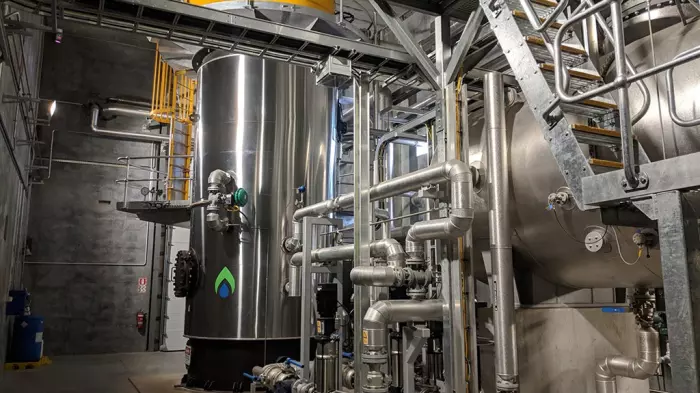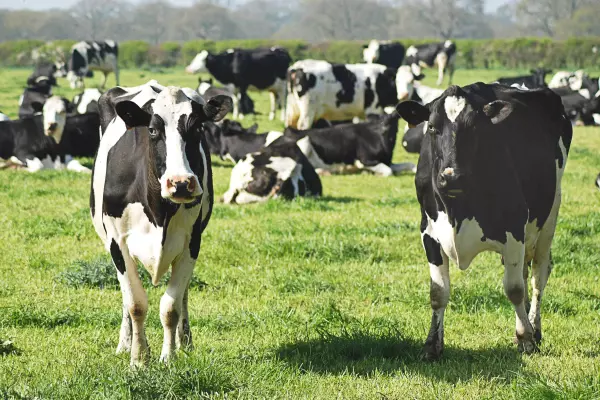The retirement village sector will struggle to keep up with demand to house the ageing population, placing more pressure on the housing market, according to a new report.
The latest whitepaper report on retirement villages and aged care by real estate multinational Jones Lang LaSalle said there will need to be another 26,000 new units by 2033 on top of the 36,000 already built.
It forecasts there will be a shortfall in new construction when the country is already facing a shortage in retirement village accommodation and this could introduce additional competition into an already tight housing market.
While the number of retirement developments jumped by 23%, or by 79 villages over the past nine years to 422, their greater size means unit numbers increased by two-thirds, from 21,815 units in 2012 to today’s 36,345 units.
JLL’s estimate of 1.3 residents per unit implies an overall population of 47,249 residents, of which a third are in Auckland’s 94 villages.
The second greatest concentration is in Canterbury, which has 73 villages, though with an average of 64 units per village, that accounts for 13% of the national total.
The report estimates 273 of the villages contain an aged care facility, making up 19,350 beds out of 38,500 aged care beds across the country’s 673 facilities.
This part of the sector continues to face headwinds and cost pressures, JLL notes, as continued border closures have made it harder for operators to find and retain qualified staff.
Six key operators
The report said ownership of retirement villages is concentrated in the hands of operators Ryman, Metlifecare, Summerset, Bupa, Oceania and Arvida.
Ryman has the largest average village size at 196 units per village, with Metlifecare at 182 units and Summerset at 151 units.
These six companies own 43% of village assets but represent 60% of overall unit numbers. Their target demographic is people over the age of 75.
According to Stats NZ, there were 332,000 Kiwis in this age bracket last year, but this is expected to more than double to 833,000 by 2048.
JLL NZ managing director Todd Lauchlan said that growth will remain a key driver to ever increasing demand for these villages, as one in seven NZ residents over the age of 75 opts into the lifestyle offered by a village.
Lauchlan said at that level of demand by 2033 the industry will need to accommodate a further 34,000 residents, translating to an additional 26,000 retirement units.
The report said there are currently 211 villages in the development pipeline, of which 124 are upgrades and 87 are new developments. On paper, Lauchlan said, that should bring on board about 21,500 new units under the ‘big six’ developers.
But, he said, those pipeline figures are “by no means guaranteed,” as they rely on things like site availability and resource consents. So far, only about half of those, or about 11,000 new units, are greenlit for construction.
“So we could be facing a shortfall of 15,000 units come 2033.”
That, Lauchlan said, could be felt most acutely in NZ’s biggest city. “Failing to match demand in Auckland will put further pressure on an already tight housing market, tying up stock and potentially encouraging further residential development sprawl to compensate.
“Retirement migration trends to rural and coastal areas will also see the disconnect increasing between demand and supply in the Waikato and Bay of Plenty.”
Lauchlan said because of these pressures it’s important that calls for a regulatory review of retirement villages “do not delay the delivery of new units, as the benefit of a delivered pipeline will be felt beyond this sector of the housing continuum.”














